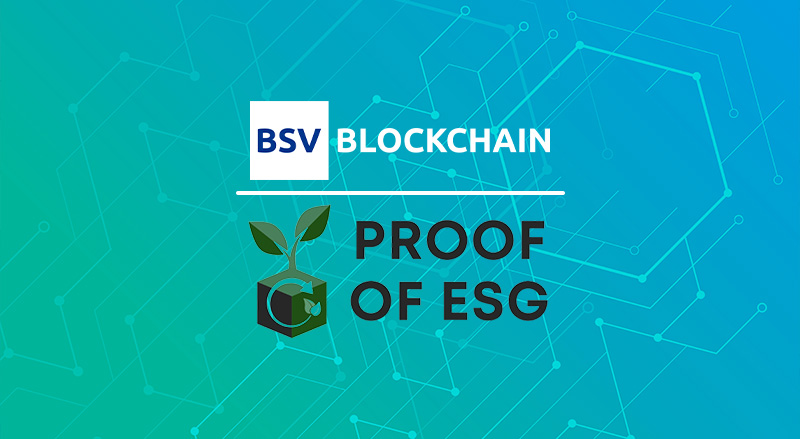Blockchain technology has the potential to revolutionise the way companies approach environmental, social, and governance (ESG) issues. By creating a secure, transparent, and immutable ledger of information, blockchain can help to increase accountability and transparency across a range of ESG issues.
One area where blockchain can have a significant impact is in the tracking and verification of sustainable practices. Many companies make claims about their sustainability efforts, but it can be challenging for stakeholders to verify these claims. By using blockchain to track and verify sustainability data, companies can provide stakeholders with a more accurate and transparent picture of their environmental impact.
For example, a company could use blockchain to track the source and transportation of materials used in their products, ensuring that they are ethically and sustainably sourced. This information could then be made available to stakeholders, including investors and customers, providing them with greater confidence in the company’s sustainability claims.
Enter Proof-of-ESG
Proof-of-ESG and the ESG Stamp Initiative are developing new blockchain-empowered standards and technologies that incentivise and enable organisations to report the honest impact of their social and environmental activities.
Founded by BSV Blockchain Association’s Bryan Daugherty, Proof-of-ESG is an initiative aimed at promoting more specific frameworks and processes for reporting ESG-related data on the BSV blockchain. It also operates an ESG consultancy of BSV industry professionals whose services are available for businesses looking to incorporate these functions.
It describes its system as incentivised, voluntary, verifiable and auditable, especially when paired with more formalised reporting frameworks (which wouldn’t necessarily have to be enshrined in regulation).
Once formalised, the processes would use more familiar technological elements such as IoT devices and automated blockchain contracts to gather the necessary data and include them in BSV blockchain transactions. Once on the blockchain, that data is immutable and auditable at any point in the future.
Simplifying reporting standards
In addition, the above blockchain can be used to create more transparent and accountable corporate governance structures. By using blockchain to record important corporate information, such as board member appointments and executive compensation, companies can provide stakeholders with greater transparency into the decision-making processes of the organisation.
Though CO2 emissions and environmental concerns are at the forefront, Proof-of-ESG is also looking at reporting processes for social and governance standards. Its social pillar considers product safety and quality, labour management, human capital development and other factors, while the ‘governance’ pillar looks at ethics, diversity, transparency, and ownership issues.
For example, it suggests different scopes when evaluating CO2 emissions. Some can be calculated directly by sources a company owns/controls, others stem from indirect emissions such as electricity and other energy consumed by all company’s operations, while others originate from different areas in the company’s value chain.
A future of green incentives
As enterprise, non-profit, and government blockchain adoption continue, the ‘economy of scale’ and ‘path to zero’ will converge, offering an opportunity for organisations to highlight their accountability, social responsibility and dedication towards a sustainable future.
Proof-of-ESG and the ESG Stamp Initiative are developing new blockchain-empowered standards and technologies that incentivise and enable organisations to report the honest impact of their social and environmental activities.
